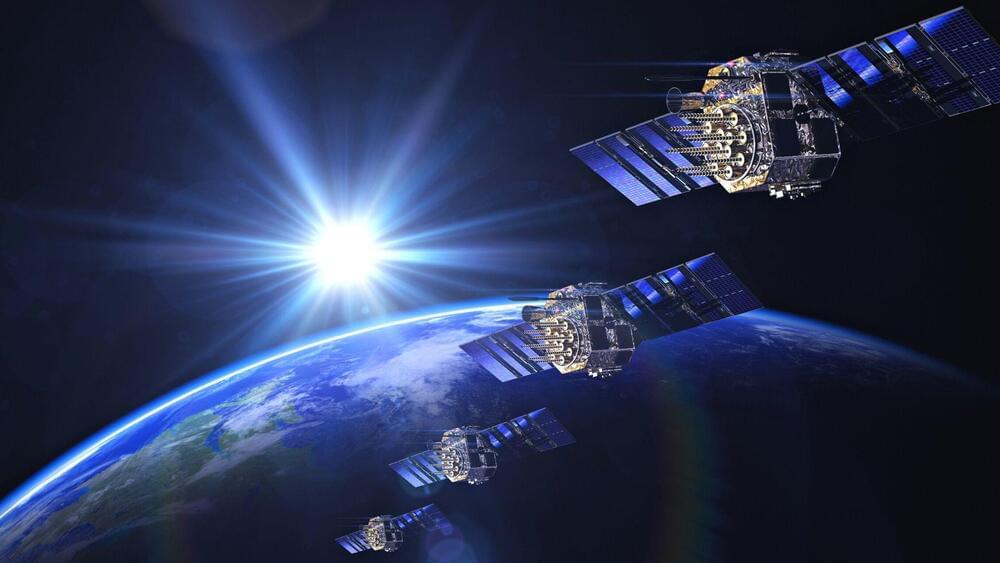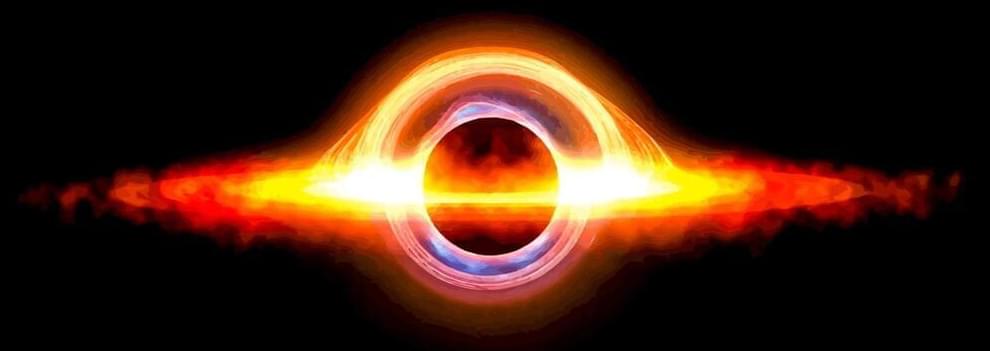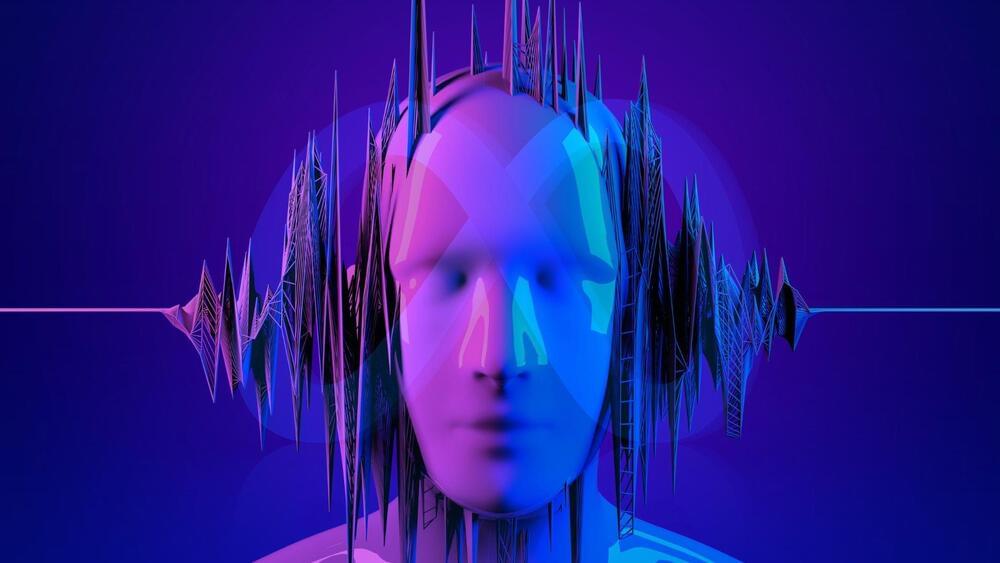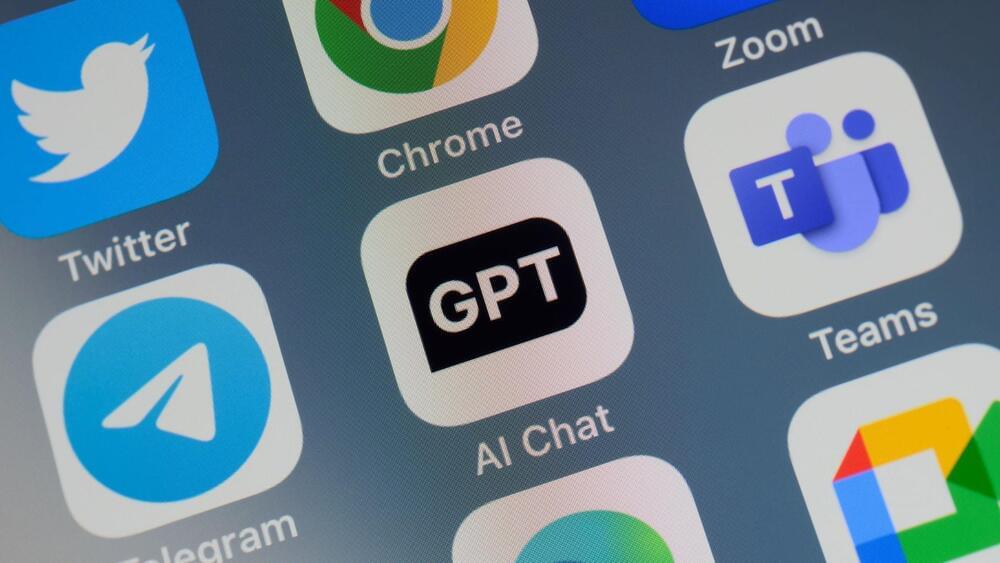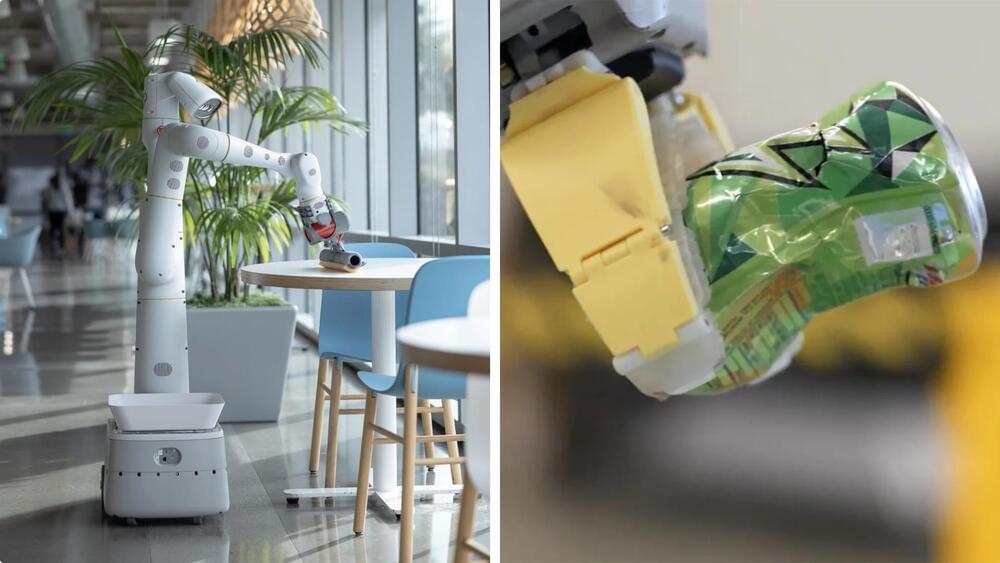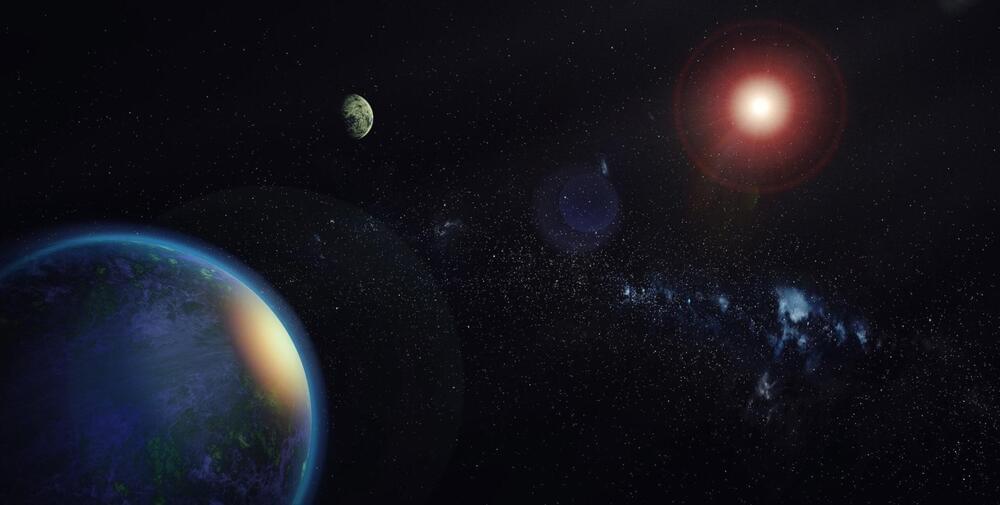The plan is to dispatch a swarm of satellites in the lower Earth orbit to stop Elon Musk from monopolizing the low-Earth orbit space, claims a report.
China allegedly plans to deploy a swarm of satellites in low Earth orbit to compete with Elon Musk’s Starlink and offer internet services, an alternative to people worldwide.
The plan to dispatch almost 13,000 satellites to throttle Starlink exposure comes under the mysterious project, code name “GW,” according to People’s Liberation Army’s (PLA) space engineering researchers.
